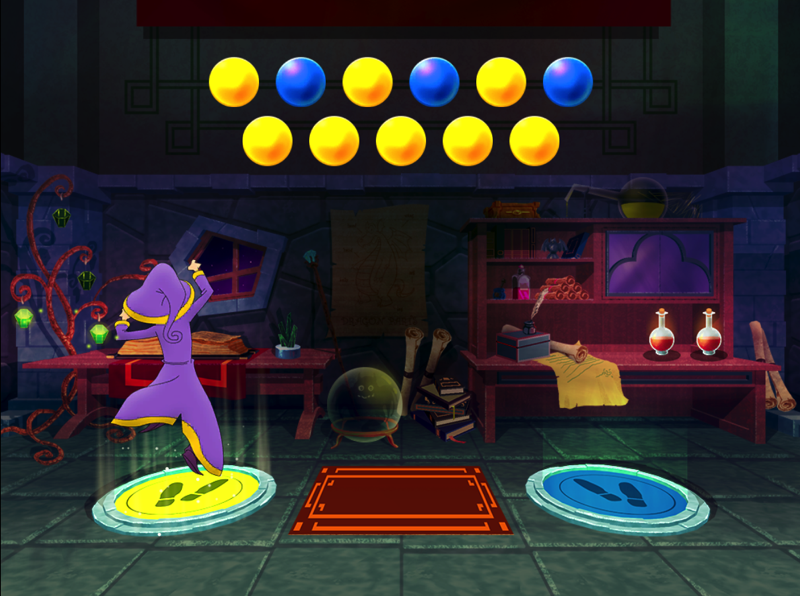Subitizing games for early Math practice
Looking for quick and easy subitizing games to help students quickly recognize dot patterns and develop the skill of subitizing?
Subitizing is the ability to instantly see how many in a small collection of items without counting. It is an essential skill to number building sense. Dots on a die, shapes on a playing card, number of fingers, are all examples of subitizing in action.
Helping students to quickly recognize the number of objects at a glance is an important foundational skill since:
- It helps consolidate and develop advanced counting skills.
- It quickens the process of learning addition and subtraction.
- It is an important precursor for more complex skills such as recognizing patterns, composing and decomposing numbers
Related subitizing activities could be to ask students to pair a set of objects with a number symbol/name and/or to have students match numerals with objects of same quantity but in different patterns.
How does Kinems movement-based platform help teachers promote subitizing via game-based activities?
Teachers are now using two (2) Kinems learning games, namely the Bilisious and Tika Bubble games, for helping children develop this important early mathematical skill. At the same time, they help children strengthen several executive functions and OT skills such as visual perception, bilateral coordination and side walking.
At first, teachers could set up activities with the Bilisious game for comparing two sets of colored marbles without counting while improving full body movement.
The child becomes a young magician who sees a cluster of two sets of yellow and blue marbles and quickly decide which set is larger than the other by moving the body to the appropriate sign on the floor.
A sequence of learning activities could be orchestrated:
• Identify the more in a mixed group of up to 10 yellow and blue marbles of same size
• Identify the bigger set in a mixed group of up to 15 or 20 marbles of same size
• Find the more in a mixed group of different size objects- up to 10 or 15 or 20 objects
After the activities with the Bilisious game, students will be able to move to other tasks for counting, recognizing numbers and selecting the corresponding numeral for a specific set of objects.
Thus, with Tika Bubble, the teacher can offer an activity in which children are asked to count the dots on the faces of dice and match them to a written numeral 1-12. The child must use both hands to identify, grab and match a pair of these related objects from the columns shown on the left and right sides of the screen.
Teachers can easily see at the learning analytics reports, the progress of the students and the various misconceptions that they might have thus re-designing and adapting the learning activities accordingly.
With the Kinems movement-based learning platform, Number and Number Sense can come up in the everyday school lives of young students in a motivating and engaging way. It is highly important to enjoy math.
Visit the Kinems Academy website to find out how the games can help achieve the instructional goals aligned to state standards.
